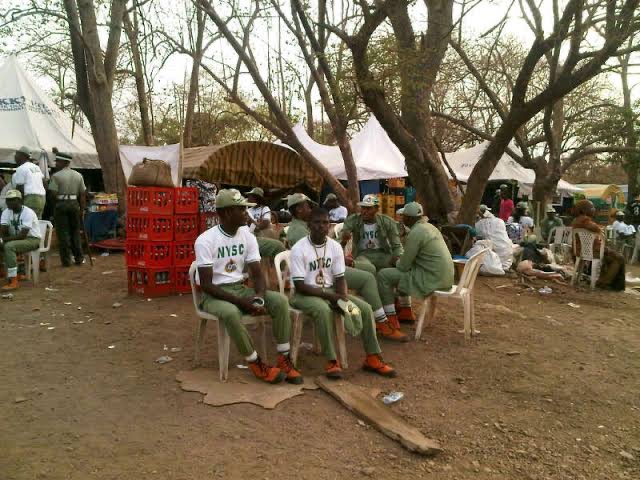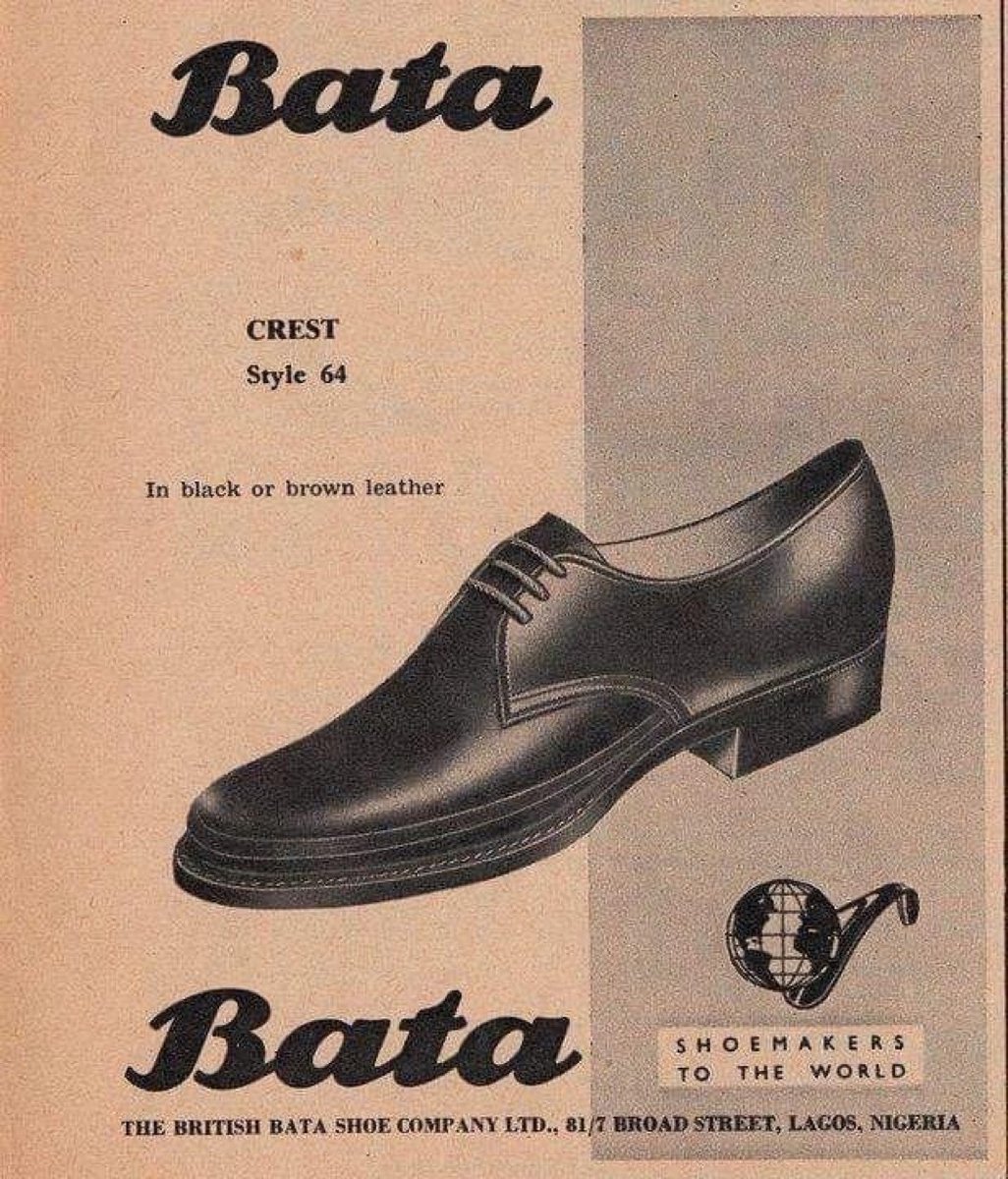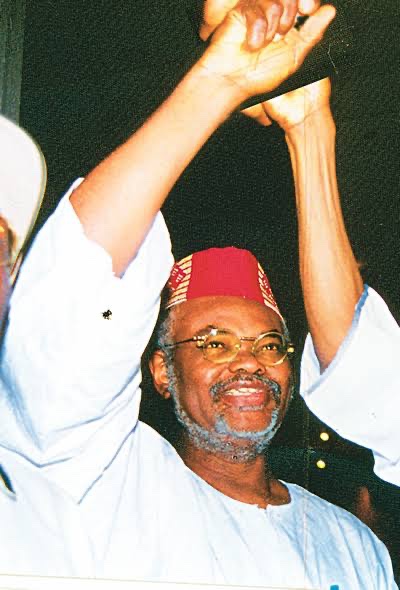
Story of Ladi kwali (1925 -1984), the woman on the Nigeria twenty naira note. White people sat and learned from here pottery
A thread
#InternationalWomensDay
#IWD2023
Retweet to educate someone


A thread
#InternationalWomensDay
#IWD2023
Retweet to educate someone



She was born in the village of kwali, Gwari region of Northern Nigeria, where pottery was a common occupation among women. She was so skilled that her work became known in Europe, Britain and America. 

In the late 1950s and early 1960s, her work was displayed in London at the Berkeley Galleries. She became Nigeria's best - known Potter, was awarded a decorate and was made MBE in 1963 despite not having a formal education.
A real queen
A real queen

The Pottery School in Abuja was established in 1950, and was named after Nigeria's greatest potter of all time. It is called Ladi Kwali School of Pottery. 



Thanks for your time. Don’t forget to follow us @nigeriastories
Bet on football, basket ball and other sports with
@Paripesa
Use this link → bit.ly/3Y5PNTT to register and enjoy up to 300k bonus when you use our promo code “NSstories”



Bet on football, basket ball and other sports with
@Paripesa
Use this link → bit.ly/3Y5PNTT to register and enjoy up to 300k bonus when you use our promo code “NSstories”




• • •
Missing some Tweet in this thread? You can try to
force a refresh















